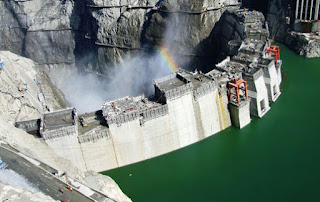A Guide to IP Surveillance
Being secure is important in today’s world where there are many risks. IP surveillance by using devices like a fixed dome camera can be helpful in keeping a building secure, whether it is a home or a commercial place. IP stands for Internet protocol that defines guidelines to be followed in internet communication. Using IP for surveillance ensures that security cameras are connected to the internet allowing easy access and monitoring.
Features and benefits
The features of IP surveillance explain its benefits and why it is preferred in today’s world:
• It allows for remote surveillance, where the feed from the camera can be viewed from anywhere by anyone who has credentials to access it.
• It is not just surveillance but even control of the camera is possible remotely. A fixed dome camera can be controlled remotely to turn it in any direction as required by the person operating the system. This allows to carry out minute checking when there is suspicion of illegal activity.
• Data can be stored online. This allows larger amount of data to be stored that can be accessed anytime. This is particularly beneficial for law enforcement agencies.
• Since it is online, images and videos can be easily communicated to those who need it. They can be sent through email.
• It is even possible for private parties to connect their camera systems to law enforcement agencies.
• It can be linked to other systems to send alerts. For instance, it is possible for advanced systems to detect presence of intruders, in which case an immediate alert can be sent to mobile phones or emails.
Analog cameras are almost redundant today. Digital cameras that are internet enabled are the trend today. This ensures better security features and has multiple benefits. This ensures a building owner can be rest assured of security.

Comments
Post a Comment